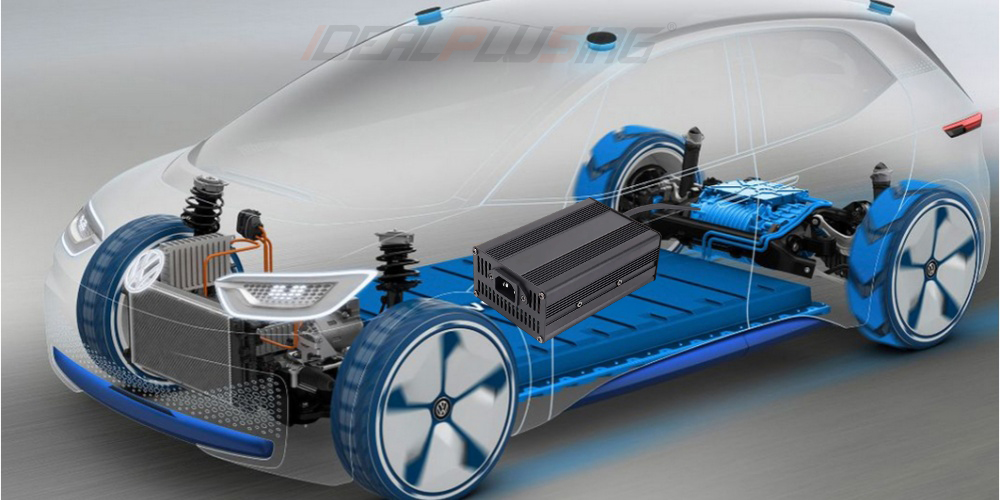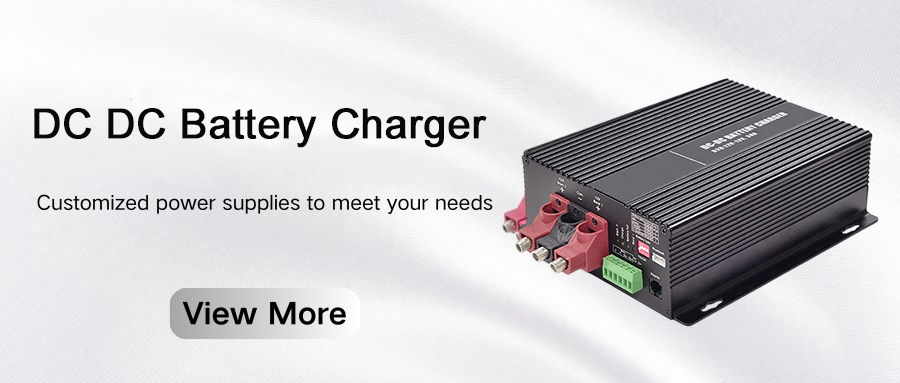At present, electric vehicles have entered our lives with their advantages of convenient travel, low carbon and environmental protection, but the high failure rate of lithium battery electric vehicle chargers is also a headache.
48V lithium batteryis a type of battery with lithium metal or lithium alloy as negative electrode material and non-aqueous electrolyte solution. For 48V charger, the maximum voltage is not more than 59.6V. If it is greater than this voltage, the light may not turn on when charging. The low voltage is not less than 55V. If it is lower than this voltage, it will cause insufficient charging and the battery will be easily depleted for a long time. Current, such as 48V20A charger, the maximum current is not more than 3A. Greater than 3A may cause the battery to lose water earlier, and the minimum is not less than 2.1A. Low voltage and current cause insufficient charging.
Common faults and repair methods of 48V lithium battery charger
1. Fuse tube is blown: carefully check the components on the circuit board to see if the surface of these components is burnt or electrolyte overflows, and smell for any odor; then measure the resistance value of the power input terminal to see if there is a local short circuit; then measure whether the power filter capacitor can be charged and discharged normally, whether the switch power tube is broken down and damaged, whether UC3842 and surrounding components are broken down, burned, etc. If the components are damaged, replace them.
2. No DC voltage output or unstable voltage output: First, use a multimeter to measure whether the components of the high-frequency pulse transformer are damaged, and exclude the breakdown of the high-frequency rectifier diode and the short circuit of the load; then measure the DC voltage of each output terminal to see if the control circuit of the power supply is faulty; then use a multimeter to statically measure whether the rectifier diode and low-voltage filter capacitor in the high-frequency filter circuit are damaged. If the above components are damaged, replace them with new components to eliminate the problem.
3. No DC voltage output, but the fuse is intact: First, you should determine whether the charger's variable control chip UC3842 is in working state or damaged. If these pins are not broken down, and the charger still cannot start normally, it also means that UC3842 is damaged and should be replaced directly.
4. The cooling fan does not rotate: First use a multimeter to measure whether the transistor that controls the fan is damaged. If the tube is not damaged, it is possible that the fan itself is damaged. You can unplug the fan from the circuit board and connect a 12V DC power (pay attention to the positive and negative poles) to see if it rotates, and also see if there is any foreign object stuck; if the fan wire is swung, the fan rotates, which means that the wire is broken or the connector is in poor contact. Replace the components according to the above situation.
5. The power supply does not start: Plug in the power supply, the large capacitor has a voltage of 300V, unplug the power supply and measure the voltage at both ends of the large capacitor again. The 300V voltage does not drop. After discharging the capacitor, replace the starting resistor. The starting resistor is in the power input part, with a resistance of 150K and a power of 2W.
6. Unstable output voltage: first re-solder the circuit board, then test the machine, and then replace the output capacitor 63V470UF capacitor with a new one and test the machine.
IDEALPLUISNG Power Expert:
We focus on the research and development, sales and services in the fields of DC-DC power modules, AC-DC rectifier modules, DC-AC inverters, AC power supplies, DC power supplies, LED power supplies, chargers, rectifier systems, etc., providing personalized, efficient, reliable and cost-effective power solutions for all walks of life.
Thank you for considering our services.








